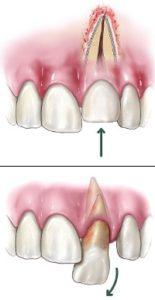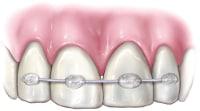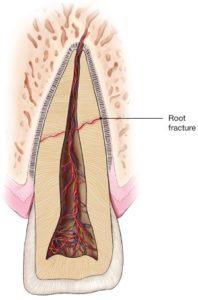DENTAL TRAUMA
Endodontic trauma refers to injuries affecting the pulp — the innermost part of the tooth — which often result from accidents or severe tooth decay. Prompt and effective treatment is paramount to prevent further complications, including loss of the tooth.
Understanding Endodontic Trauma
Endodontic trauma can range from minor injuries, such as small cracks in the tooth, to more severe cases such as displacement or avulsion of the tooth. Symptoms can include toothache, sensitivity to hot or cold, discoloration of the tooth, swelling, and tenderness in the surrounding gums.
Procedures and Treatments
Treatment for endodontic trauma largely depends on the severity of the injury and may include procedures such as root canal therapy, endodontic surgery, and even tooth extraction in extreme cases. The main objective of these procedures is to alleviate pain, prevent infection, and preserve the tooth.
Trust the Expertise of Henry Ma, DMD at Pathways Endodontics
When dealing with endodontic trauma, it's essential to trust a skilled professional. Dr. Henry Ma, at Pathways Endodontics, provides outstanding care with a gentle touch. With extensive experience in endodontics, Dr. Ma offers comprehensive treatment options tailored to your unique needs, ensuring you achieve optimal oral health.
Giving your smile the care you deserve, Dr. Ma and the Pathways Endodontics team are committed to helping you navigate your endodontic treatment journey with ease, equipping you with the knowledge you need to make informed decisions about your oral health.
Whether you're dealing with the aftermath of endodontic trauma or looking to prevent potential dental issues, Dr. Ma stands ready to assist.
Visit Pathways Endodontics today and let us redefine your experience with endodontics.

 CHIPPED OR FRACTURED TEETH
CHIPPED OR FRACTURED TEETH DISLODGED (LUXATED) TEETH
DISLODGED (LUXATED) TEETH KNOCKED-OUT (AVULSED) TEETH
KNOCKED-OUT (AVULSED) TEETH endodontist or dentist will evaluate the tooth, place it back in its socket and examine you for any other dental and facial injuries. A stabilizing splint will be placed for the next few weeks. Depending on the stage of root development, your dentist or endodontist may start root canal treatment a week or two later.
endodontist or dentist will evaluate the tooth, place it back in its socket and examine you for any other dental and facial injuries. A stabilizing splint will be placed for the next few weeks. Depending on the stage of root development, your dentist or endodontist may start root canal treatment a week or two later. ROOT FRACTURES
ROOT FRACTURES